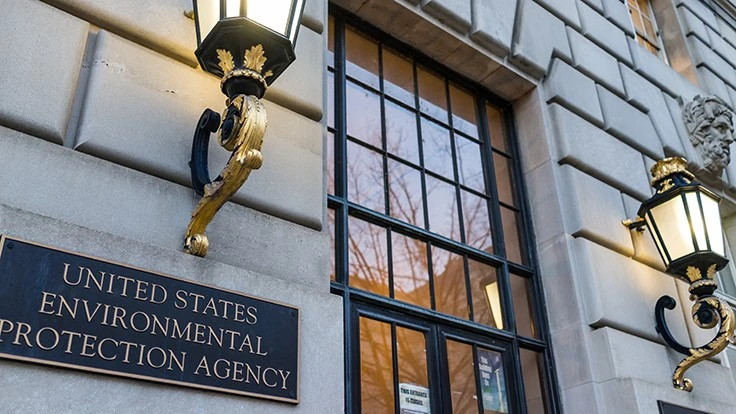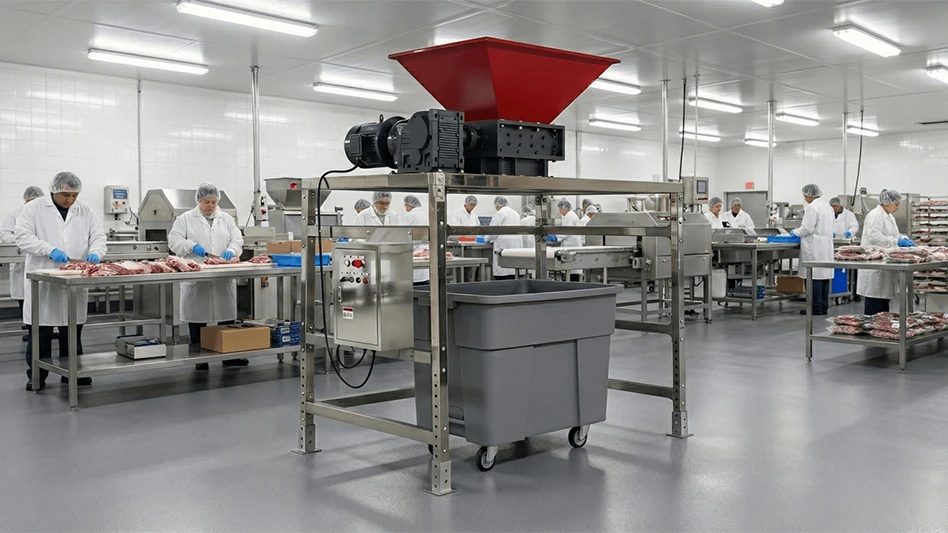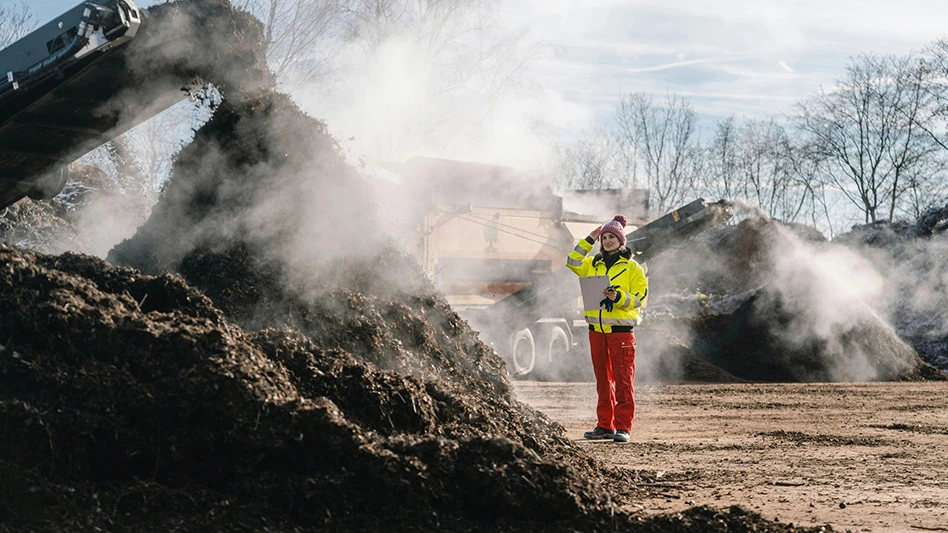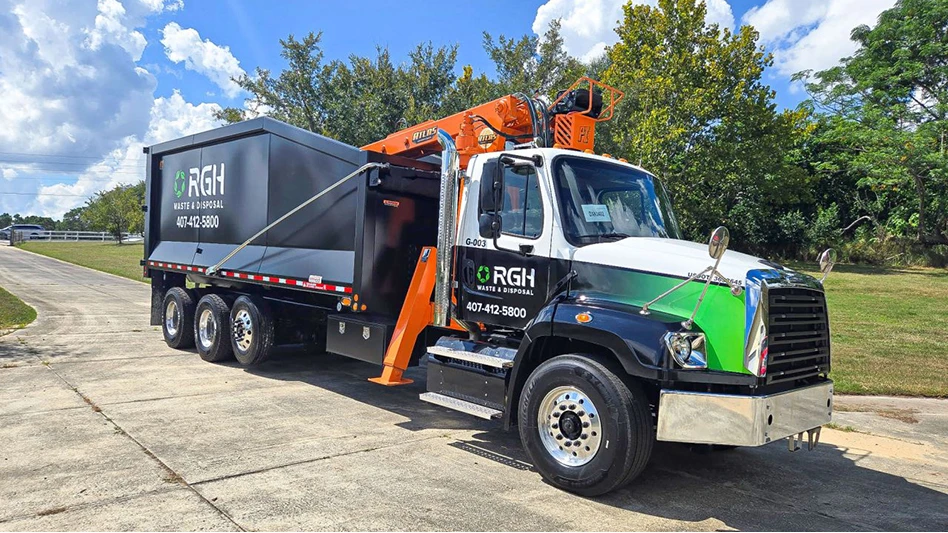
Kristina | AdobeStock
The U.S. Environmental Protection Agency (EPA) is adding five sites to the Superfund National Priorities List. It is also proposing to add another two where releases of contamination pose significant human health and environmental risk.
"All people in this country, no matter the color of their skin, their ZIP code or income, deserve to live in communities free from harmful pollutants and contaminated lands,” says EPA Deputy Administrator Janet McCabe. “By adding sites to the Superfund National Priorities List, we are accelerating cleanups and working to ensure that more people living near the nation’s most serious uncontrolled or abandoned releases of contamination have the health and environmental protections they deserve.”
The Superfund National Priorities List includes the nation’s most serious uncontrolled or abandoned releases of contamination. The list serves as the basis for prioritizing EPA Superfund cleanup funding and enforcement actions. Only releases at nonfederal sites included on the Superfund National Priorities List are eligible to receive federal funding for long-term, permanent cleanup. Cleanup at federal facilities is funded by the lead federal agency responsible for the site.
The EPA says thousands of contaminated sites, from landfills and processing plants to manufacturing facilities exist nationally due to hazardous waste being dumped, left out in the open or otherwise improperly managed. President Biden’s bipartisan infrastructure law will accelerate the EPA’s work to help communities clean these contaminated sites with a $3.5 billion investment in the Superfund Remedial Program and reinstates the Superfund chemical excise taxes.
The EPA is adding the following sites to the Superfund National Priorities List:
Lower Hackensack River, Bergen and Hudson counties, New Jersey;
Brillo Landfill, Victory, New York;
Ochoa Fertilizer Co., Guánica, Puerto Rico;
Georgetown North Groundwater, Georgetown, Delaware; and
Highway 3 PCE, Le Mars, Iowa
The EPA is proposing to add the following sites to the Superfund National Priorities List:
East Basin Road Groundwater, New Castle, Delaware; and
PCE Carriage Cleaners, Bellevue, Nebraska
The agency says it is also withdrawing a previously proposed site, the East 10th Street site in Marcus Hook, Pennsylvania, following its determination that the Pennsylvania Department of Environmental Protection will continue to investigate and clean the site under its state cleanup authority.
The EPA proposes sites to the Superfund National Priorities List based on a scientific determination of risks to people and the environment, consistent with the Comprehensive Environmental Response, Compensation, and Liability Act and the National Oil and Hazardous Substances Pollution Contingency Plan. Before it adds a site to the Superfund National Priorities List, a site must meet EPA’s requirements and proposed for addition to the list in the Federal Register, subject to a 60-day public comment period. The agency will add the site to the Superfund National Priorities List if it continues to meet the listing requirements after the public comment period closes and the agency has responded to any comments.
Superfund cleanups provide health and economic benefits to communities. The EPA says the program has helped reduce birth defects and blood-lead levels among children living near sites. Research has shown residential property values increase up to 24 percent within three miles of sites after cleanup.
As a result, communities are using previously blighted properties for a wide range of purposes, including retail businesses, office space, public parks, residences, warehouses and solar power generation. As of 2021, EPA has collected economic data on 650 Superfund sites. At these sites, 10,230 businesses are operating, 246,000 people employed, an estimated $18.6 billion in income earned by employees and $65.8 billion in sales generated by businesses.
For information about Superfund and the Superfund National Priorities List, click here.
Latest from Waste Today
- New York finalizes greenhouse gas emissions reporting regulations
- EPA selects 2 governments in Pennsylvania to receive recycling, waste grants
- NWRA Florida Chapter announces 2025 Legislative Champion Awards
- Yolo County reports fatality at Central Landfill
- New Way expands Canadian presence with Joe Johnson Equipment partnership
- Buffalo Biodiesel shares updates on facility modernization, NYSDEC compliance
- CETY launches HTAP platform for anaerobic digestion facilities
- Terex Ecotec announces Blue Machinery as distributor





